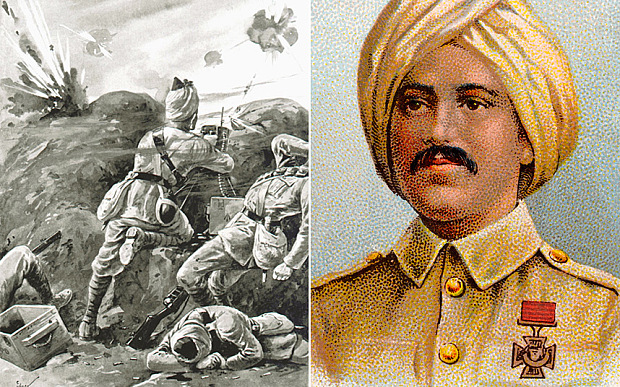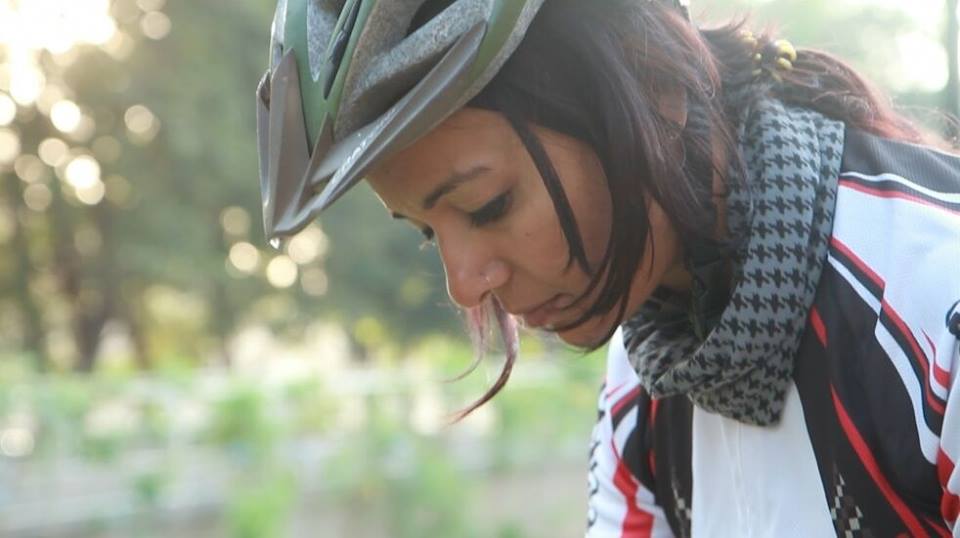Quality care stepping stone for medical tourism
Dubai:
The Dubai Health Authority (DHA) has rolled out the first phase of the medical tourism pacakges which caters to the domestic market.
UAE residents and those already in the country such as delegates to the conference can avail of discounts of up to 70 per cent in areas such as wellness, weight loss, dentistry, orthopaedics, breast cancer screening and fertility treatments. The domestic packages do not offer visa and hotel stay.
Delegates from around the globe attended the first day of a two-day inaugural health regulation conference in Dubai which looked at major efforts by Dubai to become a medical tourism hub.
Medical tourism packages aimed at tourists will be rolled out soon, marking the second phase. A host of partners such as DHA, Dubai Tourism and Commerce Marketing (DTCM), and members of the private health-care and hospitality sector, among others, are working in tandem to make this possible shortly. These packages will be made available to DTCM-approved tour operators who will be allowed to market these.
According to Dr Layla Marzouqi, acting head of DHA’s health regulation committee, everything has been worked out and the second phase of the medical tourism packages will become a reality in the coming months.
One of the ideas explored was plans by Dubai health authorities to rate hospitals similar to the hotel industry which bases gradings on customer service and satisfaction.
Public-private partnerships are also seen as key to unifying efforts to draw investment to new projects that will attract those interested in medical travel, said experts examining the issues in panels and workshops.
Eisa Al Maidour, DHA Director-General, inaugurated the conference which has drawn more than 1,000 professionals from the field of health regulation and medical tourism and key stakeholders in the public and private health care sector.
Other stakeholders such as pharmaceutical companies and health care providers are also attending.
Enhancing the quality of health care to augment medical tourism was discussed, said the director-general in his inaugural speech.
“Health regulation is fundamental to achieve quality health services and protect patient safety; a strong health regulatory system leads to sustained growth of the health sector which in itself is a catalyst for medical tourism. This conference provides an opportunity for stakeholders to discuss the latest advances as well as share their experiences in the field of health regulation and medical tourism,” he said.
How public private partnerships could promote investment and take medical tourism to the next level is key, he added.
Dr Layla said, “Public private partnerships (PPP) are a very important concept in medical tourism in all the countries that have a robust health sector. In India, for example, it is the private sector which is partnering with the government to strengthen the infrastructure while the government is ensuring quality control, thus complementing each other. In the UAE we are very aware of this as more than 70 per cent of our hospitals are in the private sector. In Dubai, out of the 20 hospitals we have only four are government. Of the 2.700 health-care facilities in the emirate, only 17 are government. We want the private sector to collaborate with us, come forward with investments and take medical tourism to the next level.”
Dr Layla said that DHA’s health regulation department was in the process of creating a grading protocol for hospitals where hospitals would have hotel-like gradings beginning from five-star based on certain criteria.
“The most important criteria is that of quality health care. This will cover the quality of doctors and other health-care professionals at the hospital, the number of surgeries carried out, the incidence of surgical errors and the number of customer complaints. The next criteria was of ambience which will take into account patient care, the presence of a translator, food and nutrition facility to support the needs of the patient, among other things,” she said.
“The focus of medical tourism is good quality and reasonable pricing. The regulation department will work closely with the funding department to determine the prices that graded hospitals can charge and we will make sure we freeze those. If a hospital is found lowering its standards, it will not be able to increase its prices and that will create healthy competition among such facilities,” she said.
Dr Azad Moopen, Chairman and Managing Director of Aster and DM Healthcare, said his group was keen to take up PPP projects and added that the private sector needed to raise the bar on quality health care and make investments in good doctors to attract medical tourists.
His organisation, he said, was ready to work with DHA to bring those standards to the emirates.
“There are three main reasons why people around the world seek medical travel. They are looking for expertise that is available, the cost of the procedure and the turnaround time to carry out the procedure. If we can provide them with high-quality medical care at reasonable costs and within a short period of time, it will attract people from around the world.” He recommended that the private sector needed to focus on further increasing the number of hospitals, specialist medical centres, hospital beds, diagnostic centres and pharmacies, state-of-the-art surgical and trauma care facilities, wellness and cosmetic care centres along with introduction of cutting-edge medical technologies.
Dr Jameel Ahmad, Managing Director of Prime Healthcare Group, felt PPP was a welcome move, benefiting both the public and private sector. “We are ready for this kind of a collaboration as we tie in the concept of hospital and hospitality very well, being situated next to two major hotels and the Dubai airport. We are in a position to offer medical tourism packages in the area of orthopaedics, sports medicine, dentistry and cosmetic surgery,” he said.
source: http://www.gulfnews.com / Gulf News / Home> UAE> Health / by Suchitra Bajpai Chaudhry, Senior Reporter / October 22nd, 2014

















